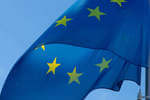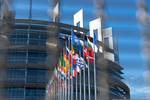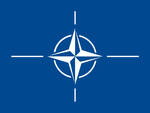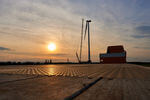WindEurope - WindEurope
Wind Industry Profile of
Newsarchive - WindEurope
EU starts investigation into Chinese wind turbines under new Foreign Subsidies Regulation
04/11/2024
Baltic Sea countries pledge closer collaboration to secure critical offshore energy infrastructure
04/11/2024
The EU built a record 17 GW of new wind energy in 2023 – wind now 19% of electricity production
02/29/2024
EIB delivers its bit of the Wind Power Package with counter-guarantees for wind energy manufacturing
12/14/2023
Net Zero? It’s all about electrification
10/24/2023
German offshore auctions award 7 GW of new wind; future auctions must avoid negative bidding
07/13/2023
Electricity market design: European Parliament mustn’t undermine climate or energy security
06/01/2023
Floating wind is making great strides
05/23/2023







